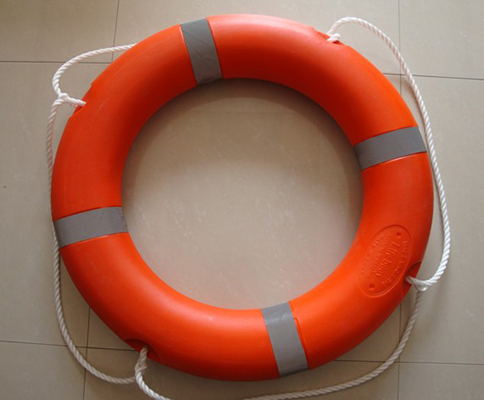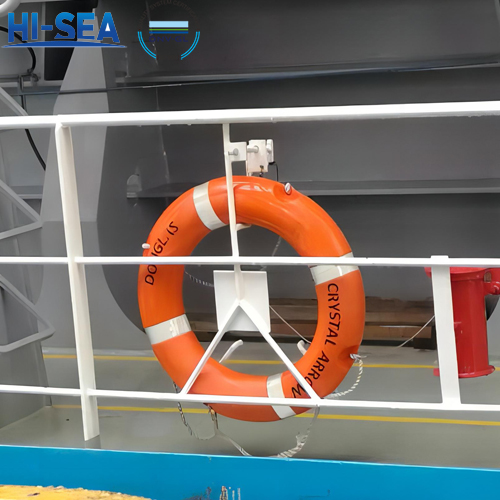
Different materials of marine lifebuoy
Most lifebuoys manufacture on the market adopts three types materials, so according to material, there are three types lifebuoys, the polyethylene composite lifebuoy, the skin-type polyethylene lifebuoy, the polystyrene lifebuoy.
Overview
The polyethylene composite lifebuoy is made by compounding high-density polyethylene material with other materials such as polyurethane, polyvinyl chloride, etc., to make the shell. It is filled with polyurethane foam material. Its colorfastness, anti-aging properties, mechanical strength, and chemical stability are better, addressing the shortcomings of the polystyrene-wrapped fabric lifebuoy.

The skin-type polyethylene lifebuoy uses skin-type polyethylene material on the outer layer. Skin-type polyethylene is a polymer with excellent water resistance, acid-alkali resistance, and corrosion resistance, ensuring the lifebuoy maintains a good condition in water or harsh environments.
The polystyrene lifebuoy is made of polystyrene material, wrapped in fiberglass cloth outside the core material of the ring, and coated with three layers of phenolic resin to form a sealed fiberglass shell. Several layers of paint are applied to the fabric wrap. The drawback of polystyrene material is its susceptibility to aging and paint peeling under high temperature and prolonged exposure to ultraviolet light. It also tends to undergo dissolution and shrinkage reactions when in contact with oil, leading to gradual loss of buoyancy and strength. So we do not recommend it.





